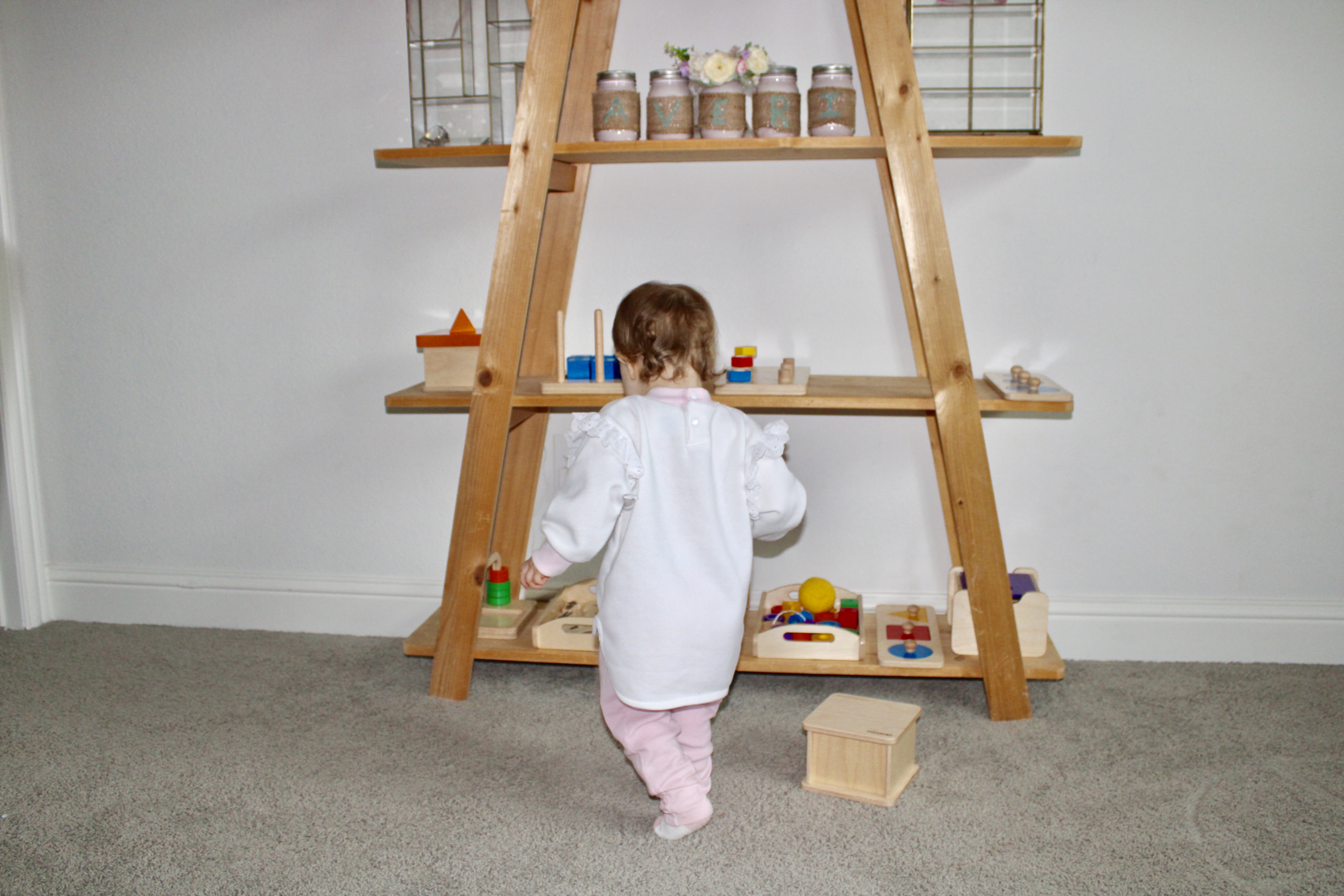
When researching educational toys for Averi to play with, Paul and I were soon overwhelmed by all of the choices on the market. We knew that the first three years of her life were a critical period in brain development so we wanted to choose the toys Averi interacted with intentionally. We gladly made the decision to invest in Montessori Toys and haven’t looked back.
Audri (now 8 years old) attended Montessori schools off and on before kindergarten, and she benefited greatly from the educational systems in place there. Paul and I decided to see if Averi (now 18 months old) would react to the same methods with me as her Montessori teacher using these educational toys at home. I wanted to wait a year before I blogged about these toys, because I needed to see if our efforts (and finances) were paying off.
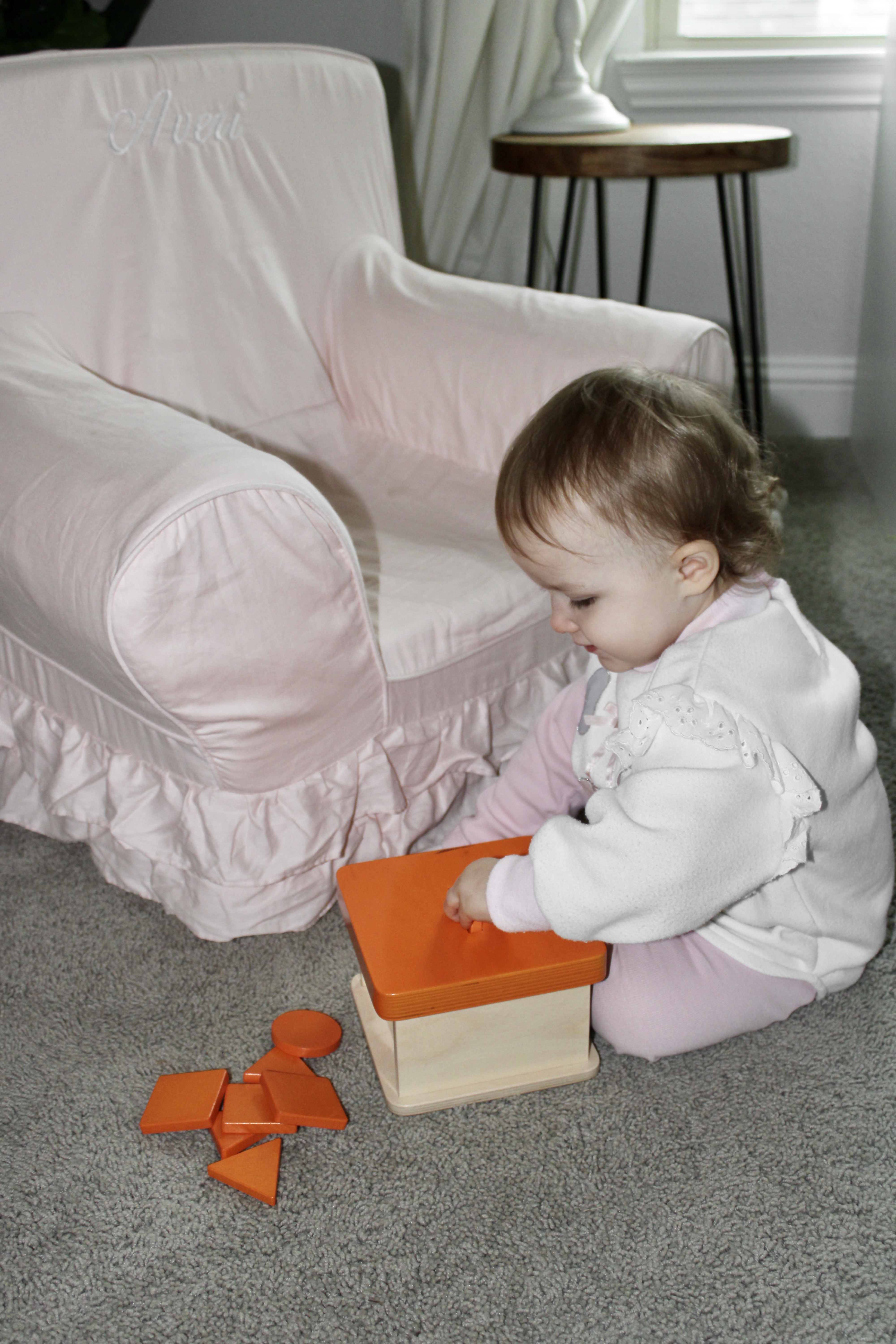
How Averi benefits from these educational toys
The Montessori Method addresses her cognitive, physical, linguistic, social, and emotional development.
1. embodied learning
Montessori education prescribes learning through doing, involving as many senses as possible to stimulate motor and cognitive development.
2. independence
Montessori fosters independence through the thoughtful design of each toy, the layout of the play space, and the way I interact with my child.
3. perseverance
Their curriculum is expertly timed so children repeatedly enter their ideal zone for learning, encouraging a growth mindset and healthy self-esteem.
4. learning through play
Each toy in their curriculum promotes curiosity, creative play and learning while supporting language development, executive functioning, and brain growth.
5. creativity
Montessori environments cultivate creativity through thoughtful design and materials, child-directed learning, and a playful approach to education.
6. concentration and flow
Intense, immersive concentration is a state that inspires creativity, productivity and joy – exactly what Montessori settings are designed to foster.
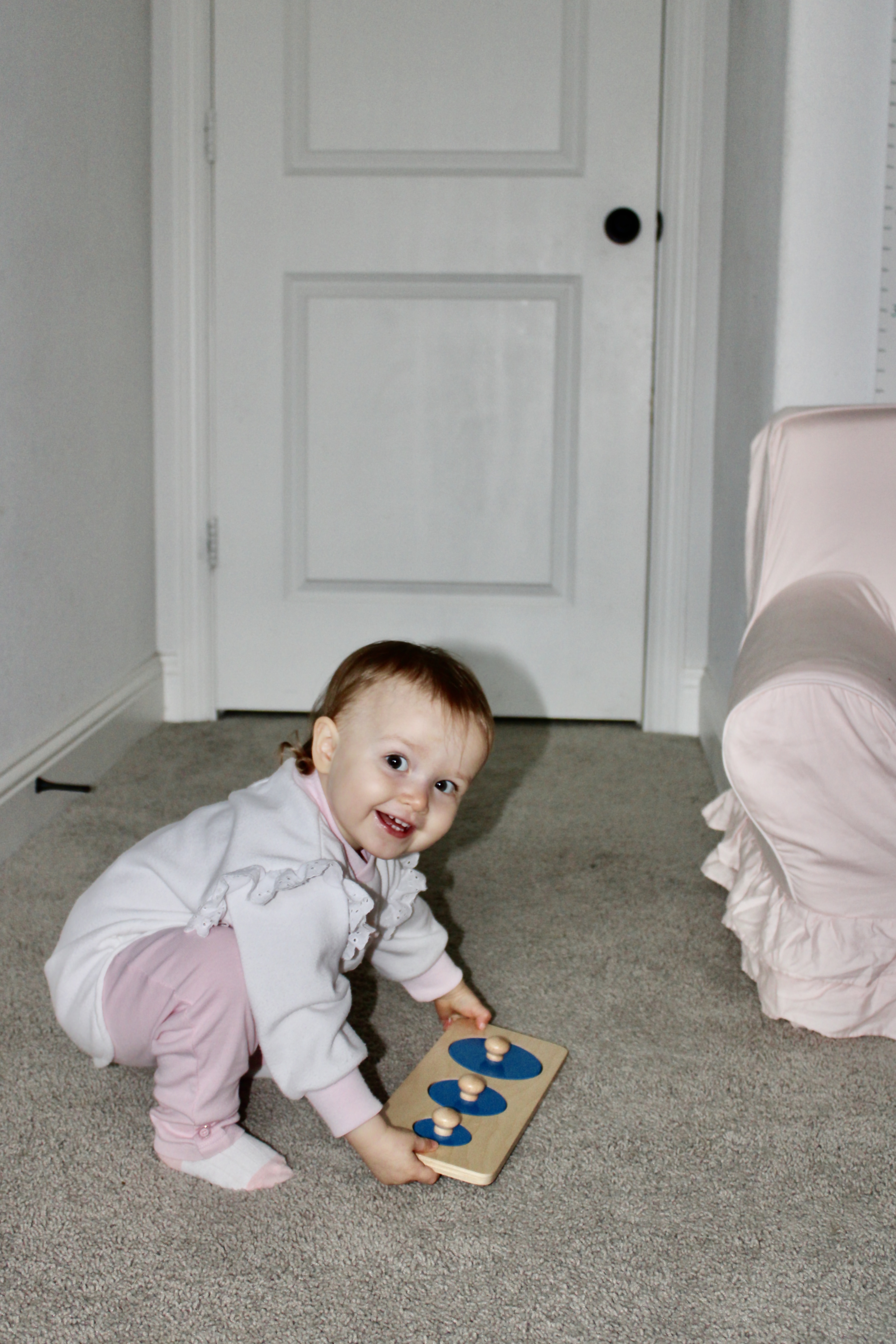
If you have a young child in between the ages of 0-3, I highly recommend this program if your budget allows. It is a subscription based service filled with educational toys that fit your child’s needs. Each toy is accompanied by an insightful email to better explain the point of that specific toy and how to introduce it to your child. If you’re like me and need more information before committing to a subscription based service, here are a few more thoughts directly from their website.
These Educational toys are simple
The best toys to give your little ones are simple. Your child is trying to make sense of this wild wonderful world they have so recently come upon. They learn best when you give them organized information.
For example, a simple puzzle with a triangle, a circle, and a square in three different solid colors gives your toddler organized information about shapes. These are three essential geometric structures to distinguish between. They learn about the relationship between the three as they take the pieces out and put them away. And they absorb that these shapes are related to each other without the distraction of decorative faces or random shapes. When too much information is offered in one toy, children cannot abstract the essential elements of the activity.
These Educational Toys are Based In Reality
Before the age of six, your child’s brain is relatively incapable of distinguishing fantasy from reality. In order for them to develop real imagination and a secure relationship to their world, they need to first learn about what the world really is like. Read them books about real things: Tigers in the rainforest, not tigers driving buses. Give them toys with real consequences. Skip the boxes with knobs and buttons that produce unrelated and random noises. Stick to toys that have true consequences. A ball dropped into a hole will roll down a ramp and emerge for your toddler to handle again. An actual and visible bell will ring when your baby bats at it.
These Educational Toys are Made of Natural Materials
Choose toys made from natural materials whenever possible. A rattle made from wood or metal will give your baby much more information about their world than a plastic one. The metal is cool to touch at first and then warms in their hand. Wood provides a variety of textures. And both metal and wood have an interesting “taste” for the baby. Plastic, on the other hand, is always the same temperature, and either has no taste, or has an artificial feel in their mouths. Similarly, metal and wood provide an interesting weight when your toddler is working with puzzles, balls, and similar toys. They will vary in feel and weight based on size, where plastic tends to need a larger change in size in order for a distinct change in weight.
these educational Materials are functional and constructive
All the toys we give our children should require their participation and action for use. The best toys for our little ones’ development allow them to explore and involve their own will, decisions, and ideas. They aren’t passive spectators to an adult’s idea about entertainment. They manipulate and build and interact, learning about their world and their capabilities.
Montessori Play offers limited choices
Give your child limited choices when setting out their toys. Having too many choices is overwhelming and dissatisfying. It is harder for them to decide what they want to play with, and it is harder for them to stick with the toy once they’ve chosen it. Rather than concentrating on the toy and fully enjoying its purpose and value, they will flit from one toy to the next, making a mess and feeling progressively undone. The ideal number of toys will increase as the child ages, but will depend on their individual personalities. Rotating from their collection will allow time to explore and use all the toys they have.
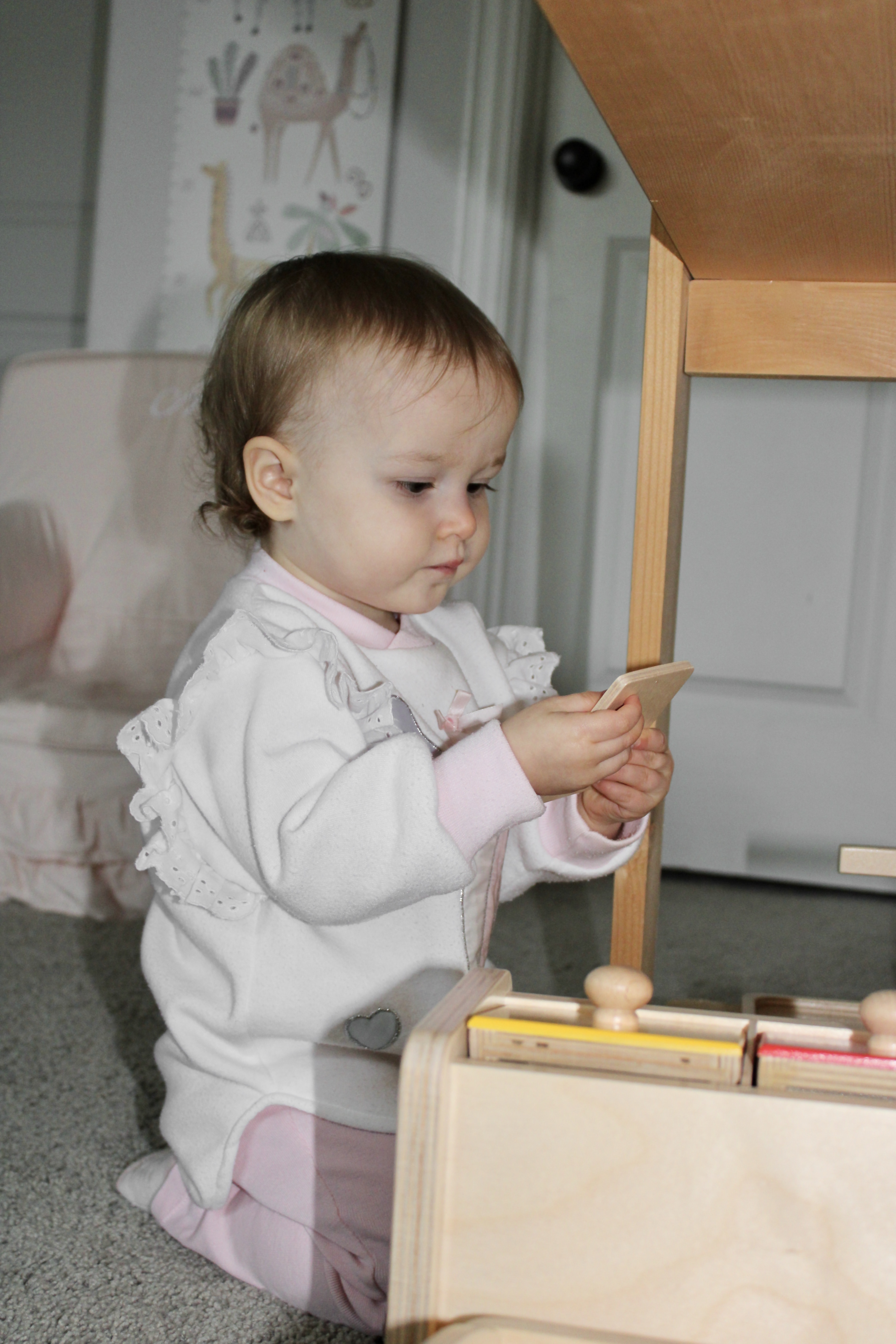
With the plethora of choices available to us in this modern world, it is becoming harder and harder to select toys that appeal to children’s needs and meet them where they are developmentally. Using these guidelines can help you navigate the options, and help support you in educated decision making for your child’s toy selection.
2 Comments
Comments are closed.


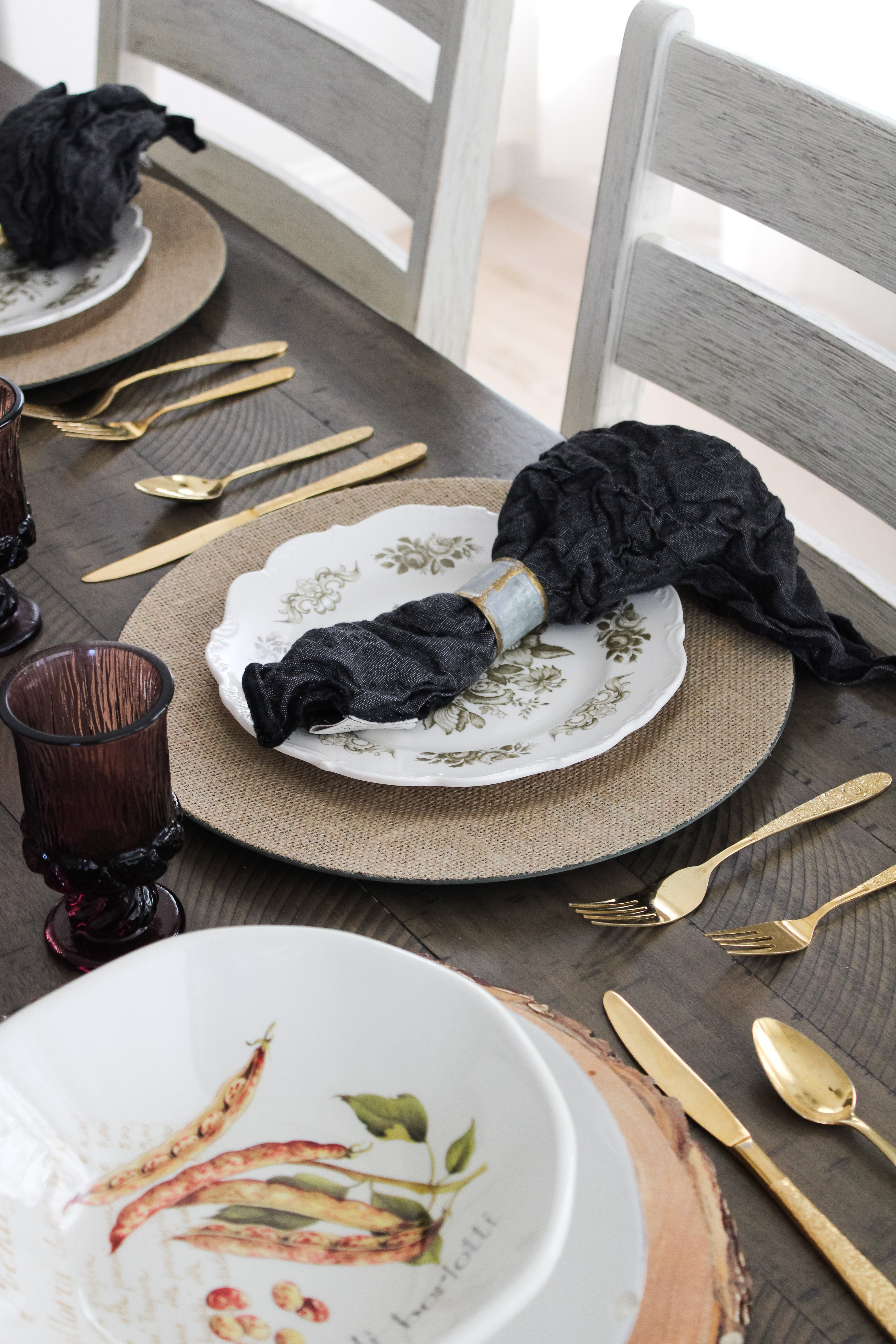 Home Decor
Home Decor
 Mental Health, Mindfulness
Mental Health, Mindfulness
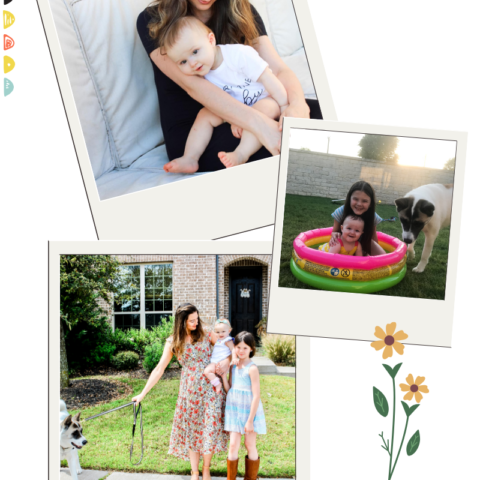
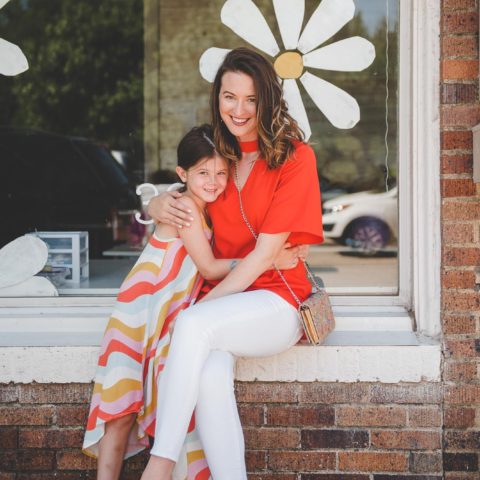

renee
she is adorable!!!
VeiledFree
Thank you so much.